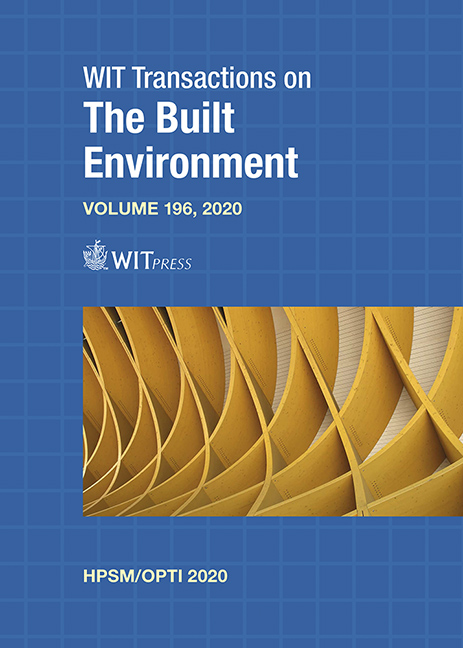MULTI-PHASE NANOSTRUCTURED 60Si2Mn DISC SPRING BY A NOVEL AUSTEMPERING PROCESS
Price
Free (open access)
Transaction
Volume
196
Pages
8
Page Range
11 - 18
Published
2020
Paper DOI
10.2495/HPSM200021
Copyright
WIT Press
Author(s)
JIACHENG LI, YUN HANG, SHUANG ZHOU, XUAN WANG, ZHONGYANG LIANG, WENTAO ZHOU, DEREK O. NORTHWOOD, CHENG LIU
Abstract
A disc spring, also known as a Belleville spring, is a conical shell which can be loaded along its axis either statically or dynamically. It can generate a high force in a very short spring length with minimal movement when compressed. A novel multi-step austempering heat treatment process is developed to improve both the hardness and strength of a conventional 60Si2Mn disc spring. In this case, the disc spring is austenitized at 900°C for 0.5 h, control-quenched to a temperature below Ms (the starting temperature of martensite transformation) for a very short time, subsequently heated to the Ms point and holding for a specific time, and finally air cooled to the room temperature. It is found that the resulting multiphase microstructure consists mainly of prior lenticular martensite formed during controlled quenching (PM), needle bainitic ferrite (BF), and high carbon enriched retained austenite (RA). Further observation shows that a nanostructured (BF+RA)nano phase including lath BF and film RA with a width of about 100 nm nucleates around the PM. Such a microstructure results in uniform compression behavior, and significantly higher strength and hardness than for a conventional 60Si2Mn disc spring. This controlled multi-step austempering process is a promising solution for enhancing the disc spring properties for those applications involving higher loading and fatigue conditions.
Keywords
disc spring, multi-step austempering process, nanostructure, multi-phase, compression behavior





